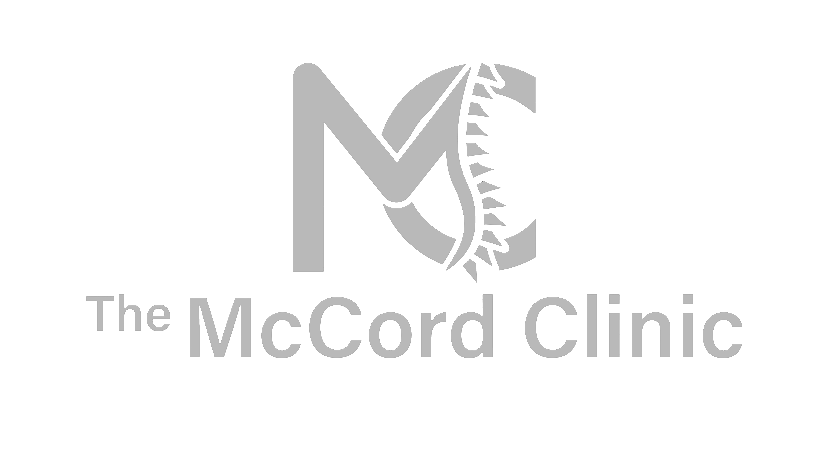Chronic Pain
Chronic Pain: Chiropractic Care & Treatment
Chronic pain is a persistent, often debilitating condition that affects millions of people worldwide. Chiropractic care offers a holistic approach to managing chronic pain, focusing on the musculoskeletal system and natural healing. This page delves into the realm of chiropractic care for chronic pain, offering insights into its principles and practices.

Understanding Chronic Pain
Chronic pain is characterized by discomfort that persists for an extended period, typically three months or longer. It can affect various areas of the body, including the back, neck, joints, and soft tissues. Chronic pain can result from various conditions, such as arthritis, fibromyalgia, and unresolved injuries.
The Role of Chiropractic Care in Chronic Pain Management
Chiropractic care recognizes the interconnectedness of the spine, nervous system, and overall health. It aims to address chronic pain by identifying and treating the root causes, rather than merely masking symptoms with medications.
Conditions Treated with Chiropractic Care
Chiropractic care can effectively manage various chronic pain conditions, including:
- Low Back Pain: Often associated with lumbar spine issues and muscle imbalances.
- Neck Pain: Frequently caused by cervical spine misalignments and muscle tension.
- Headaches: Both tension and migraine headaches can be alleviated through chiropractic care.
- Joint Pain: Arthritis-related pain and other joint discomfort can be addressed.
- Fibromyalgia: Chiropractic care may help reduce pain and improve mobility in fibromyalgia patients.
Call us now

Chiropractic Assessment for Chronic Pain
Chiropractors begin by conducting a comprehensive assessment, which may include:
- Medical History: Gathering information about the patient’s health and chronic pain history.
- Physical Examination: Assessing the musculoskeletal system, posture, and joint function.
- Diagnostic Imaging: In some cases, X-rays or MRI scans are used to identify underlying issues.
Chiropractic Treatment Techniques
Chiropractic treatment techniques are non-invasive and focus on natural healing. They include:
- Spinal Adjustments: Manual manipulation to correct spinal misalignments and improve function.
- Soft Tissue Therapies: Techniques like massage and myofascial release to reduce muscle tension.
- Exercise Prescription: Tailored exercises to improve strength and flexibility, enhancing pain management.
- Lifestyle and Ergonomic Advice: Guidance on posture, ergonomics, and lifestyle modifications to prevent further pain.
Pain Management through Chiropractic Care
Chiropractors prioritize pain management without relying on medications. They employ hands-on techniques to alleviate discomfort and improve the body’s natural healing mechanisms.
Rehabilitation and Long-Term Wellness
Recovery from chronic pain often involves rehabilitation. Chiropractors work closely with patients to develop individualized rehabilitation plans, combining in-office treatments with at-home exercises and lifestyle adjustments. The goal is to restore functionality and prevent future pain.
Preventative Measures
Chiropractic care places a strong emphasis on prevention. Patients receive guidance on maintaining optimal musculoskeletal health, minimizing the risk of chronic pain recurrence.
Conclusion
Chiropractic care for chronic pain offers a natural, comprehensive approach to pain management and long-term well-being. By addressing the underlying causes of chronic pain and promoting musculoskeletal health, chiropractic care can help individuals manage their discomfort, regain function, and work towards a pain-free future. It is advisable to consult a qualified chiropractor to create a personalized treatment plan for managing chronic pain.
